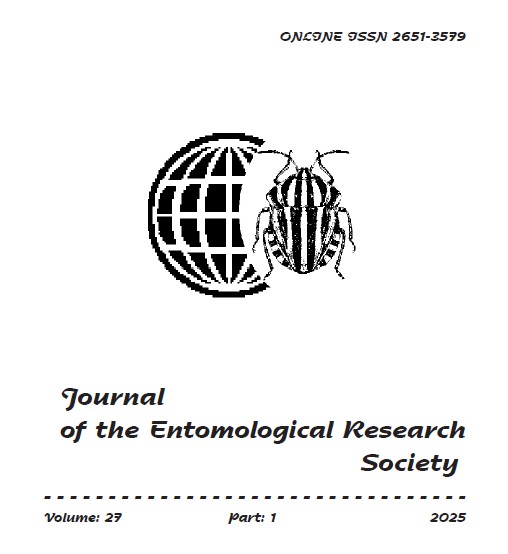Association of Malarial Development with Climate Change: A Review
DOI:
https://doi.org/10.51963/jers.v27i1.2623Abstract
Malaria is considered as the single most prevalent life-threatening infectious disease in the world which spreads to human populations by Anopheles mosquito. Malaria infection poses serious risks to adults, children and pregnant women. The adverse effects in pregnant women include anaemia, fetal demise and premature delivery. The incidence of malaria is higher in children younger than five years in endemic areas like tropical Africa. The vector potential of female species Anopheles varies due to different meteorological conditions. Climate based models have also shown an enhancement of disease following extreme weather changes. This review gleans an insight into the association of malaria with different climatic variables. It covers etiology, symptoms’ manifestation, life cycle of the parasite, transmission, epidemiology, drug resistance, impact of El Niño cycle, malarial association with climatic change and conclusions and technological innovations.


